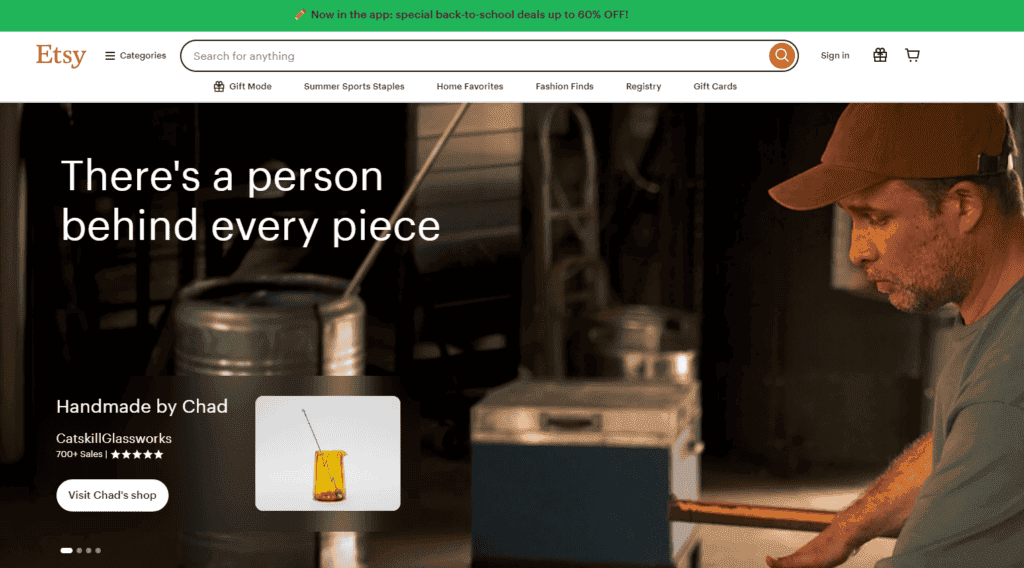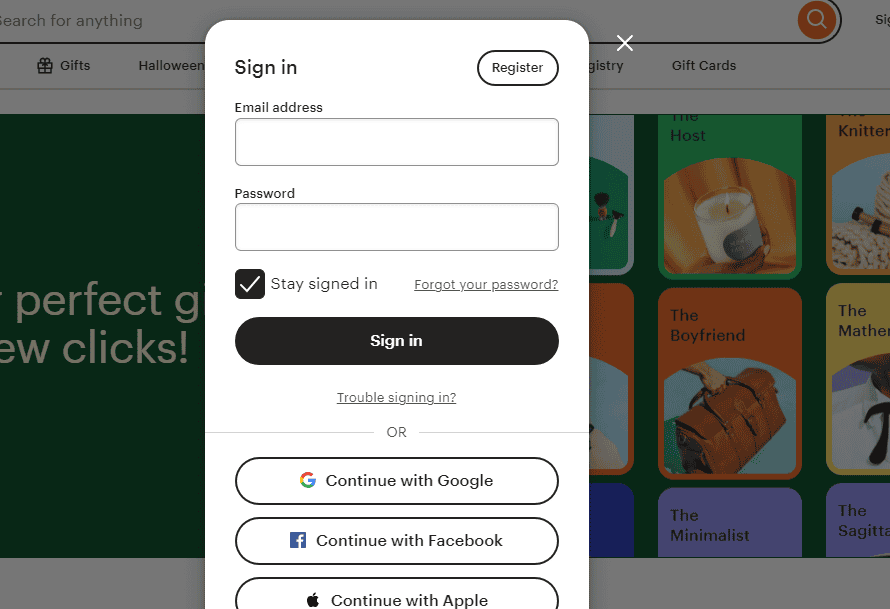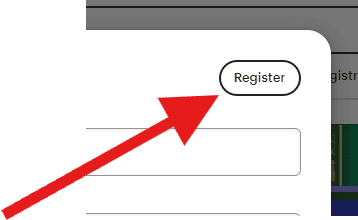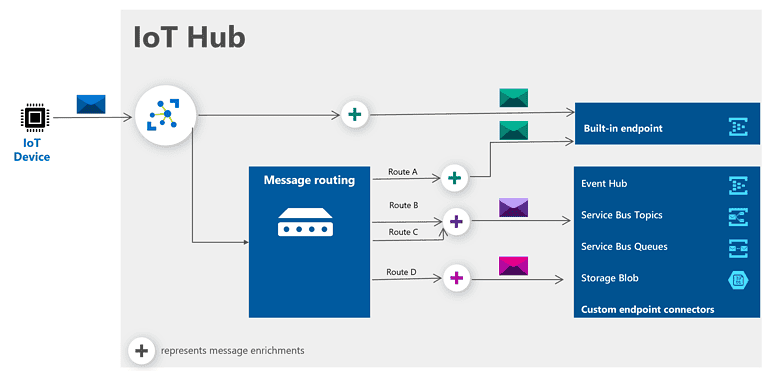
Etsy is a great place to sell your handmade or vintage items and selling on their site and setting up your account is a fairly simple process. But there are a few important steps you need to take to get started and you want to make sure you do everything the right way to ensure you are paid properly and everything goes well.
First, go through the account creation process to setup an account and list your items. Each listing costs $0.20 and stays active for four months or until sold. You should also understand the fees involved, like transaction and payment processing fees. With millions of users browsing Etsy daily, there is a great opportunity to reach potential customers. When you sell on Etsy, you can showcase unique handmade, vintage, and craft items to a global audience. As a beginner, turning your passion into profit can be overwhelming, but with the right steps, it can be done.

Etsy Success Strategies: Expert Seller Tips
Etsy is a unique marketplace with a focus on handmade and vintage items. To succeed, understand the platform’s nuances and tailor your approach accordingly.
Product Selection and Presentation
- Unique and Appealing: Offer products that are unique, high-quality, and visually appealing to Etsy’s audience.
- Branding and Photography: Invest in professional product photography and create a cohesive brand identity that resonates with your target customers.
- Detailed Descriptions: Write clear, concise, and keyword-rich product descriptions that highlight the benefits and features of your items.

Shop Optimization
- Compelling Shop Name and Banner: Choose a memorable shop name and design an eye-catching banner that reflects your brand.
- About Section: Craft a compelling “About” section that tells your brand’s story and connects with potential customers.
- Shop Policies: Clearly outline your shop policies regarding shipping, returns, and exchanges to build trust with buyers.

Pricing and Marketing
- Competitive Pricing: Research your competition and price your items competitively while ensuring profitability.
- Etsy Ads: Utilize Etsy Ads to increase visibility and reach a wider audience.
- Social Media Promotion: Promote your Etsy shop and products on social media platforms to drive traffic and sales.
Customer Service
- Prompt Communication: Respond to customer inquiries and messages promptly and professionally.
- Positive Reviews: Encourage satisfied customers to leave positive reviews to build credibility and attract new buyers.
- Excellent Customer Service: Go above and beyond to provide excellent customer service to ensure repeat business.
Etsy SEO
- Keyword Research: Conduct thorough keyword research to identify relevant keywords for your product titles and descriptions.
- Tags: Use all 13 available tags for each listing to maximize discoverability.
- Titles and Descriptions: Optimize your product titles and descriptions with relevant keywords to improve search rankings.
Additional Tips
- Offer Discounts and Promotions: Run occasional sales and promotions to attract new customers and incentivize repeat purchases.
- Participate in Etsy Communities: Engage with other Etsy sellers and participate in online communities to learn and network.
- Stay Up-to-Date: Keep abreast of Etsy’s policies, updates, and trends to adapt your strategies accordingly.
| Area of Focus | Actionable Tips |
|---|---|
| Product | Unique, high-quality items; professional photography; detailed descriptions. |
| Shop | Memorable name and banner; compelling “About” section; clear policies. |
| Pricing and Marketing | Competitive pricing; Etsy Ads; social media promotion. |
| Customer Service | Prompt communication; encourage positive reviews; excellent service. |
| Etsy SEO | Keyword research; use all 13 tags; optimize titles and descriptions. |
Key Takeaways
- Open an Etsy account and list your items.
- Each listing costs $0.20 and lasts for four months or until sold.
- Etsy supports unique handmade, vintage, and craft items.
Setting Up Your Etsy Shop
Setting up your Etsy shop involves several key steps: choosing a shop name, creating listings, setting up payments, designing the aesthetic, and understanding fees. Follow these steps to get started with selling on Etsy.
Choosing a Shop Name
When choosing a shop name, think carefully. Your name helps your brand stand out. Keep it short and easy to remember. Avoid special characters or numbers that might be confusing. Check if the name is available on Etsy and other social media platforms. This ensures a consistent brand across the internet. Be creative yet clear. A good name can help attract more customers.
Creating Listings for Your Items
Start by taking high-quality photos of your products. Clear photos help attract customers. Use good lighting and multiple angles. Write detailed product descriptions. Include size, materials, and other important details. Add tags and keywords to help people find your items. List a fair price based on costs and desired profit. Each listing requires a $0.20 fee. This fee covers four months or until the item sells.
Setting Up Payments and Billing
Set up your Etsy Payments account to receive money from sales. Add your bank account details. Choose your preferred payment methods like PayPal or Apple Pay. Understand Etsy’s payment processing fees. These are about 6.5% per transaction, plus a 3% + $0.25 payment processing fee. Familiarize yourself with the currency conversion fees if you sell internationally. Keep an eye on your billing to avoid any surprises.
Designing Your Shop Aesthetic
Design your shop’s look with care. Your banner and logo should match your brand. Use images that show your style and products. Pick a consistent color scheme and font. This makes your shop look professional. Update your shop’s ‘About’ section with your story. Include photos or videos of your workspace or products. This connects customers with your brand. A strong visual brand helps you stand out.
Understanding and Managing Fees
Be aware of the costs involved in selling on Etsy. There is a $0.20 listing fee per item. Etsy also takes a 6.5% transaction fee on each sale. Payment processing fees are added on top of that. Watch for any additional charges from Etsy ads or offsite ads. Keep track of these fees to manage your profit. Budget carefully to ensure your shop stays profitable. Pay attention to currency conversion fees if you have international buyers. This helps in managing costs better.
Frequently Asked Questions
This section covers common questions about setting up an Etsy shop, the fees involved, legal requirements, beginner tips, best practices for boosting sales, and how selling on Etsy differs in the UK.
What steps should I take to set up a successful Etsy shop?
Start by creating an Etsy account. Choose a memorable name for your shop. Fill out your profile with details about your products and story. List your items, including clear photos and descriptions. Set up your payment and shipping options. Promote your shop using social media and other marketing tools.
What are the costs associated with opening an Etsy store?
Etsy charges a listing fee of $0.20 per item, a transaction fee of 6.5% per sale, and a payment processing fee of 3% plus $0.25. There may also be fees for optional services like advertising.
Are there specific legal requirements for selling on Etsy?
You may need a business license depending on your location. Make sure to follow local laws regarding taxes and business operations. You might also need to collect sales tax for sales in certain states or countries.
How can beginners start selling their products on Etsy?
New sellers should research successful shops in their niche. Start by listing a few items with great photos and detailed descriptions. Join Etsy teams to connect with other sellers. Learn about search engine optimization to make your listings more visible.
What are the best practices for increasing sales on Etsy?
Use high-quality photos for all your listings. Write detailed and clear product descriptions. Respond quickly to customer inquiries. Offer excellent customer service and encourage reviews. Regularly update your shop with new items. Promote your shop through social media and other marketing channels.
How does the Etsy selling process differ in the UK compared to other regions?
In the UK, sellers need to comply with UK tax laws, including VAT regulations. Payment options might also differ slightly. Some shipping options may be unique to the UK, and it’s important to understand customs rules for international shipping.






